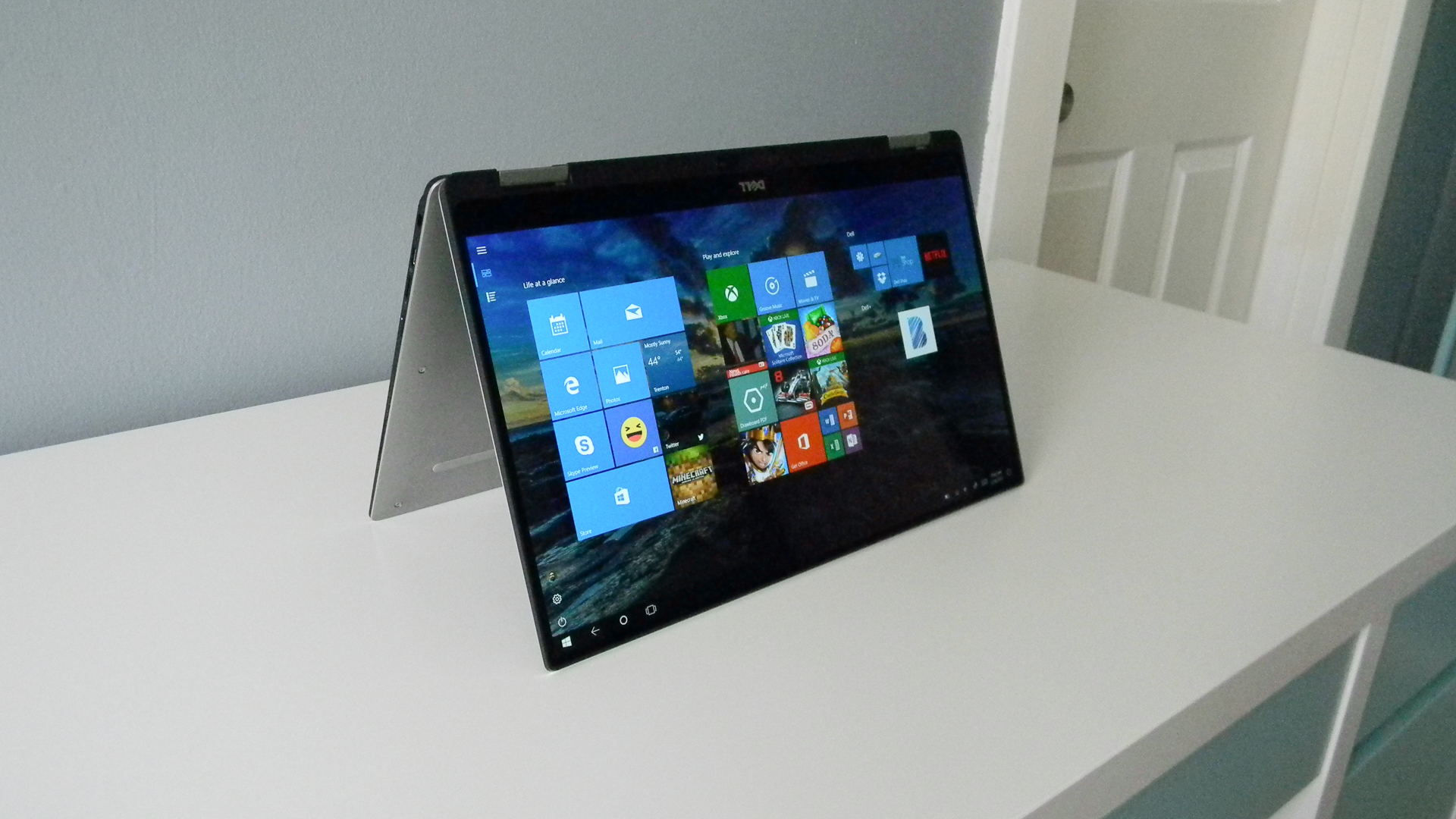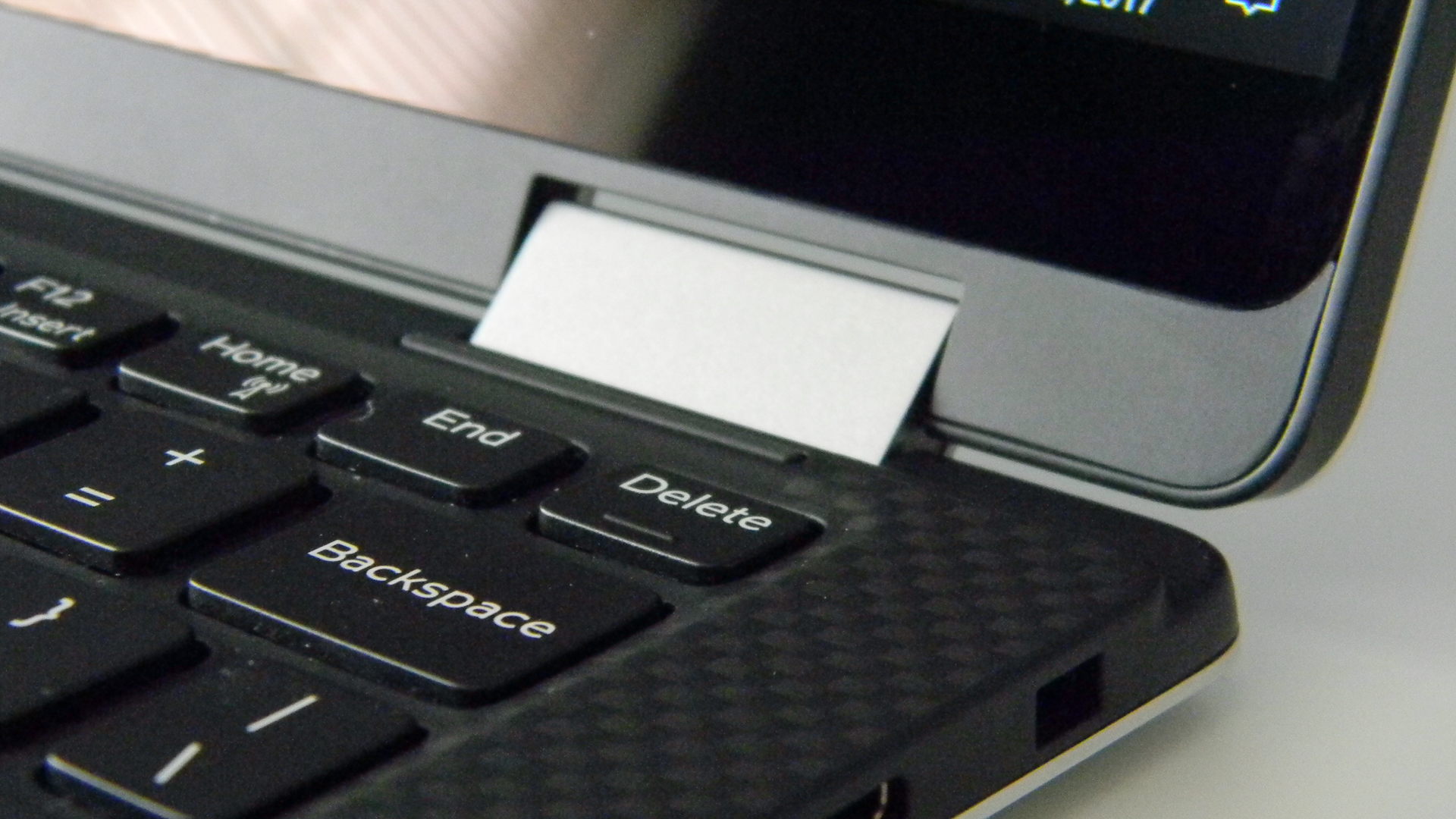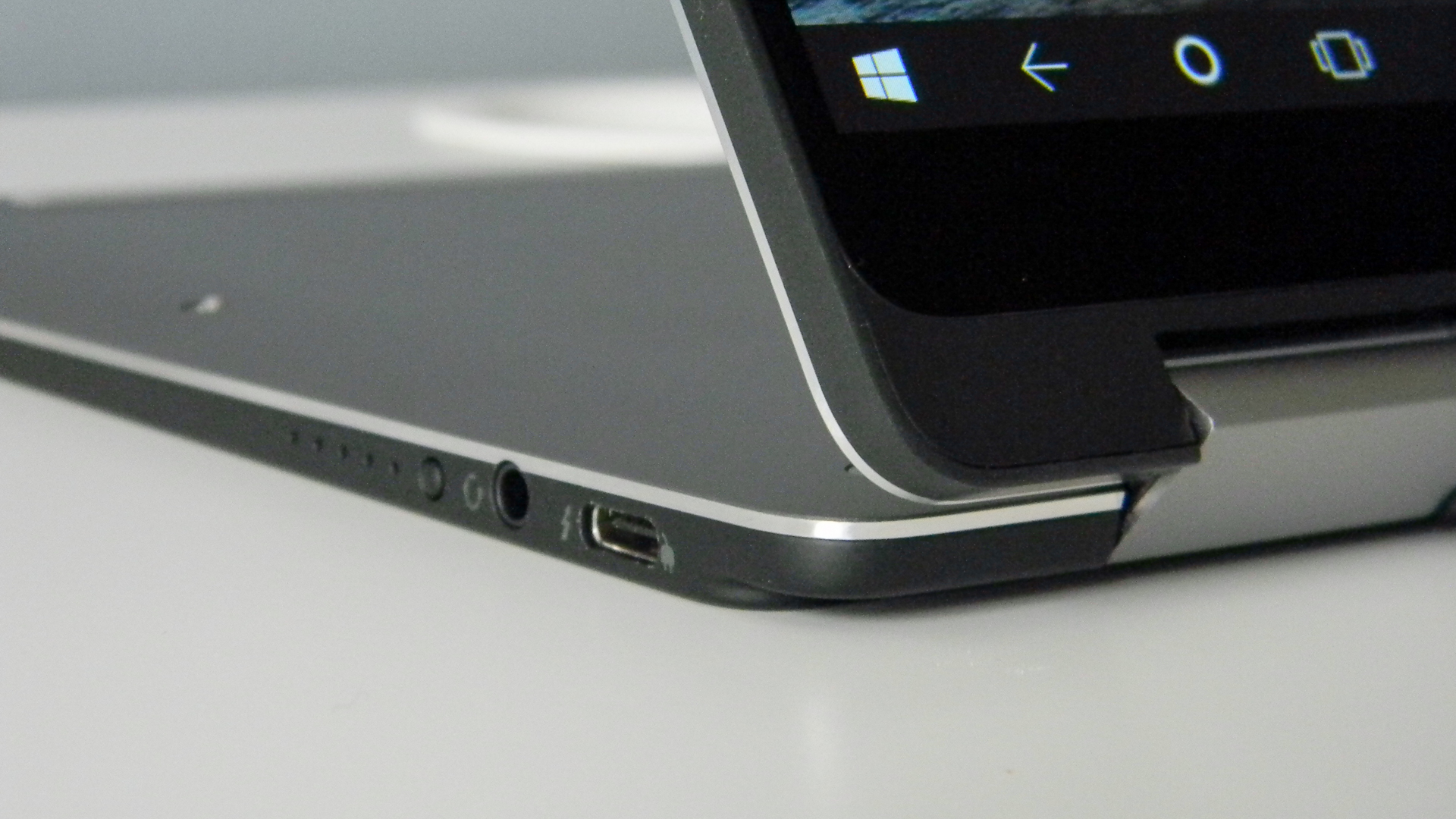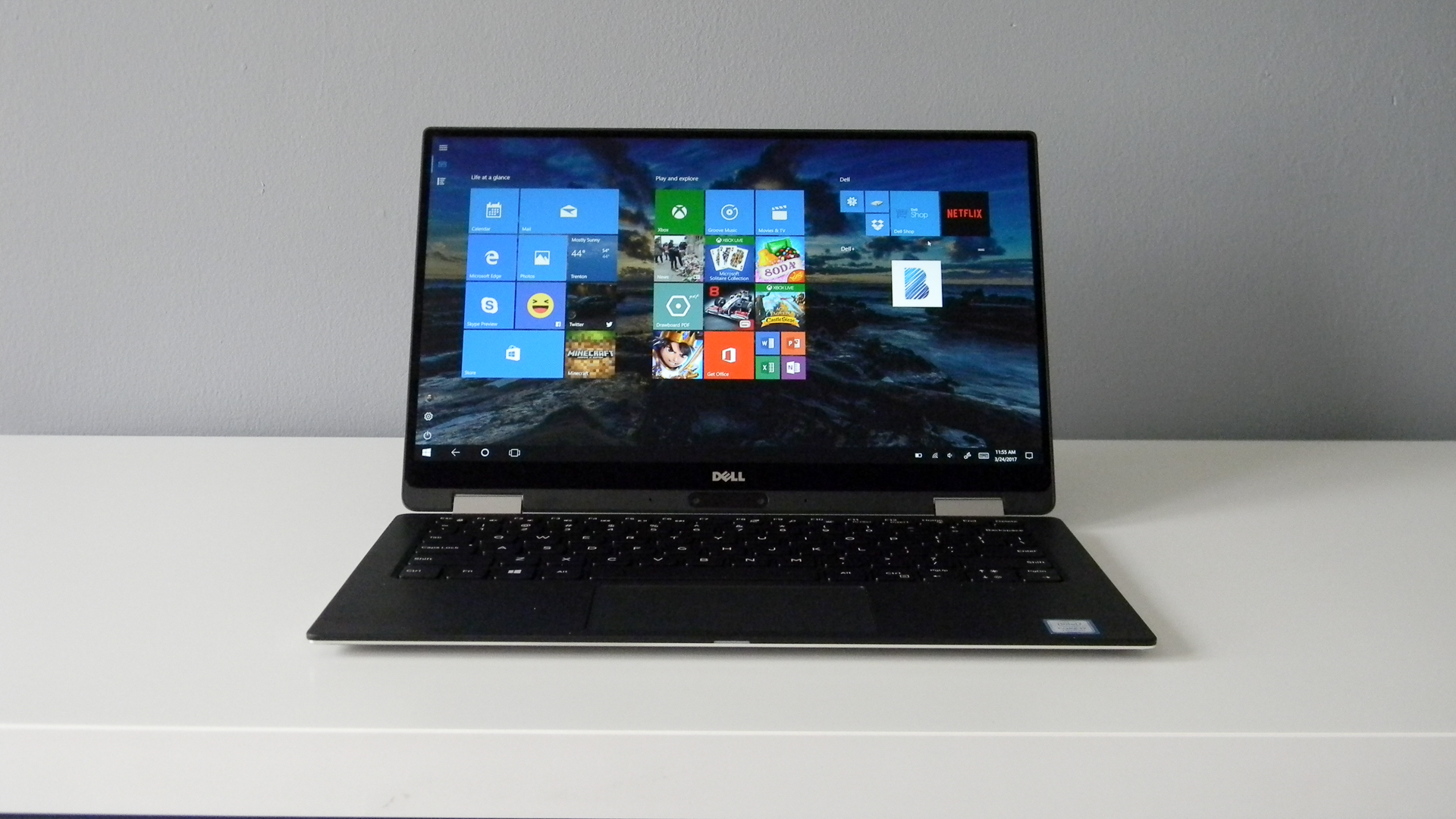TechRadar Verdict
Dell’s first XPS 13 2-in-1 nails the aesthetics of translating its own winning clamshell laptop into a convertible hybrid. However, low-power parts keep it from remaining competitive with the lot of flagship 2-in-1 laptops.
Pros
- +
Gorgeous design and screen
- +
Excellent keyboard and trackpad
- +
Centered webcam
Cons
- -
Low in power
- -
Middling battery life
Why you can trust TechRadar
Folks have been waiting for this one for a long time. A 2-in-1 version of the Dell XPS 13? Why, that would be the best of both worlds.
In portability and versatility, that is absolutely the case with the Dell XPS 13 2-in-1.
However, in areas where it really counts, namely performance and longevity, not so much. Largely, this is due to a lower-power Intel Core Y series processor inside combined with a smaller-than-average 46Whr battery.
Sadly, Dell’s plan to couple a power-sipping CPU with a relatively tinier battery backfires not only for the laptop’s longevity, but its performance. Meanwhile, rival 13-inch (diagonal) hybrids come packed with beefier Intel Core i processors and larger batteries. The end result is one of the most gorgeous 2-in-1 laptops we’ve seen, but one that struggles to keep up with the competition.

Here is the Dell XPS 13 2-in-1 configuration sent to TechRadar for review:
CPU: 1.3GHz Intel Core i7-7Y75 (dual-core, 4MB cache, up to 3.6GHz)
Graphics: Intel HD Graphics 615
RAM: 8GB (LPDDR3, 1,866MHz)
Screen: 13.3-inch, FHD (1,920 x 1,080) InfinityEdge multi-touch
Storage: 256GB PCIe SSD
Ports: 1 x USB-C, 1 x Thunderbolt 3 USB-C, 1 x microSD card reader, headphone/microphone jack
Connectivity: 802.11ac Wi-Fi (2x2); Bluetooth 4.1
Camera: 720p webcam with dual array microphone
Weight: 2.7 pounds (1.24kg)
Size: 11.98 x 7.8 x 0.32 – 0.54 inches (304 x 199 x 8 – 13.7mm; W x D x H)
Price, availability and value
The 2-in-1 version of the XPS 13 can be had starting at $999 (£1,349, AU$2,299), which includes a fanless, Intel Core i5 Y series processor (Kaby Lake), 4GB of memory, a 128GB solid-state drive (SSD), a 13.3-inch, FHD (1,920 x 1,080) resolution touchscreen and a fingerprint reader for securely logging into Windows 10 through Windows Hello.
Dell’s highest-tier model offers the same QHD+ (3,200 x 1,800) resolution found in Dell’s other XPS laptops, coupled with an Intel Core i7 Y series chip, four times as much memory and a 512GB SSD (with the option to double that to 1TB) for $1,799 (£1,669, AU$2,798). Our configuration happily sits in the middle of these tiers and can be had for $1,299 (£1,449, AU$2,599)
There are four other configuration options in between in the US, though these differ between regions, like the UK and Australia, in which the XPS 13 2-in-1 is available now.
By comparison, the latest high-end 2-in-1 laptop from Lenovo, the Lenovo Yoga 910, starts at $1,199 (about £986, AU$1,586) for twice as much memory and flash storage, a full-fat, mobile Intel Core i7 processor and a similarly-placed fingerprint reader.
HP’s most comparable 2-in-1 laptop, the HP Spectre x360, starts at the same price as Lenovo’s, matching it spec-for-spec – save for Windows Hello login via an infrared webcam instead. To reach a similar spec, knowing Dell’s model doesn’t use full-grade mobile Intel chips, you’d have to spend at least $1,299 (£1,449, AU$2,599).

Design
While attractive from every angle, the XPS 13 2-in-1 design looks exactly how we’d expect such a device to look. Simply put, it’s a standard XPS 13 laptop given a 360-degree hinge. Admittedly, there’s a lot more going on here design-wise, but that’s what it looks like at first glance.
Looking closer, particularly just beneath Dell’s 11-inch InfinityEdge screen lid, one of our biggest gripes regarding the XPS 13 (which we love so much) has been resolved. While it’s still beneath the screen, the webcam is now centered rather than pushed off to the left.
People may still be looking at your chin during web meetings, but at least your chin will be properly centered on the screen. The image quality remains the same: it’ll make out your face to pretty effective detail, but that image will always look worse reproduced on any screen sharper than 720p.

Again, much of the XPS 13 design – the checkered, carbon fiber keyboard deck, brushed aluminum screen lid and underside, backlit keyboard, glass-coated trackpad – has gone unchanged. However, being a 2-in-1, this version sports dual screen hinges that shine with same aluminum the rest of the laptop does. The hinges are impressive in their sturdiness, ensuring the screen only bounces in response to touches in laptop mode, and otherwise doesn’t shift position, as we’ve seen from other 2-in-1 laptops.
Also, the XPS 13 2-in-1 is Dell’s thinnest and lightest XPS product yet. Compared to its already tiny Ultrabook, it measures six-tenths of an inch thinner at its narrowest point and weighs two-tenths of a pound lighter. While that doesn’t sound like a lot, and it really isn’t, every bit counts when your bag is heavy enough as is.
For those keeping score, the XPS 13 2-in-1 is noticeably lighter than the Yoga 910, though not much slimmer at its thinnest point. The Spectre x360 meets Dell’s latest 2-in-1 in thinness throughout while being just slightly heavier.
Joe Osborne is the Senior Technology Editor at Insider Inc. His role is to leads the technology coverage team for the Business Insider Shopping team, facilitating expert reviews, comprehensive buying guides, snap deals news and more. Previously, Joe was TechRadar's US computing editor, leading reviews of everything from gaming PCs to internal components and accessories. In his spare time, Joe is a renowned Dungeons and Dragons dungeon master – and arguably the nicest man in tech.

